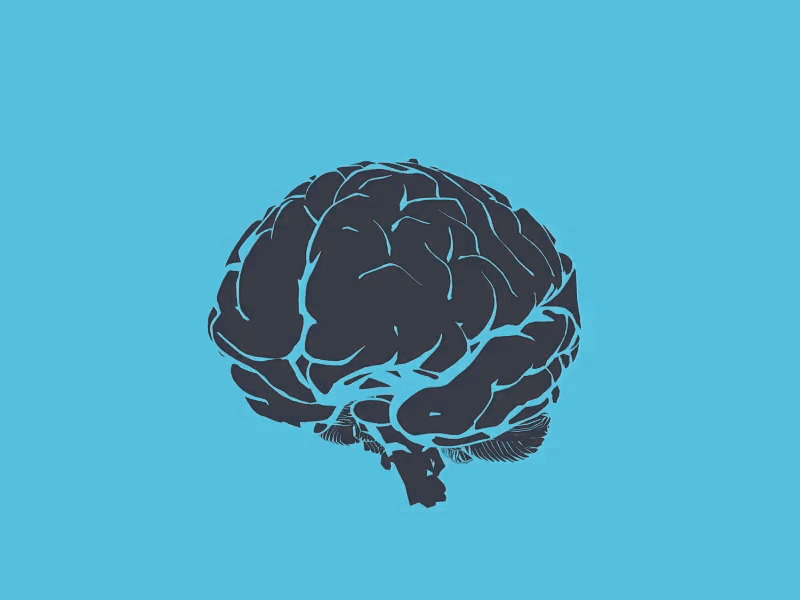Body sans Mind: Neural Networks in Disorders of Consciousness
- Angel Okoro

- Nov 12, 2019
- 3 min read
Can we measure consciousness?
Disorders of Consciousness (DoC) are some of the most devastating forms of impairment that may follow a brain injury. There are three states of disordered consciousness: coma, vegetative (VS), and minimally conscious (MCS). Recent studies show that these patients might actually be conscious to some degree.

There are many neuroscientific theories that account for the relation of consciousness and neuroscience. One concept is that of neural complexity, can be broken down into two fundamental concepts: differentiation, the concept that any particular experience is comprised of different components that distinguish this from any other experience, and integration, the concept that any conscious experience is due to the integration of different components into a unified whole. Neurocomputational researchers, funded by the UK Engineering and Physical Sciences Research Council, utilized EEG electrodes to measure patients’ brain activity, and applied graph theory to assess the strength of network connections between regions of the brain. Graph theory is a mathematical framework that creates graphs that are abstract representations of networks. These graphs consist of a set of nodes and a set of connections with interactions between the nodes. A diversely connected network suggests awareness, while an impaired network is characteristic in DoC patients.


PET scans are used to detect cell growth in the brain by measuring metabolic activity. PET glucose uptake scans in two MCS patients (A and B respectively) is compared to the PET scan from a normal meditative consciousness (C). Patient A had significantly less metabolic activity than Patient B but both were lower than the normal. EEG measures the electrical activity in the brain as neurons communicate via electrical impulses.
Alpha waves are oscillations observed during a normal meditative consciousness state. Alpha waves are the frequency bridge between the conscious thinking of Beta waves and the subconscious of Theta waves. The amplitude of the Alpha oscillation correlated with the connectivity strength between neurons. The corresponding EEG Alpha wave brain networks (D and E for patients A and B respectively) showed noticeable differences in the strength of frontoparietal connectivity, especially when compared to the EEG from a normal meditative consciousness (F). In patients with DoC, Alpha networks were spatially localized and weaker, while in health brain networks, Alpha networks are long-range and span the frontoparietal region.
Researchers found that the some DoC patients have well-preserved networks that are similar to those in healthy people. For example, the Alpha network of Patient B resembles that of the health adult C. This research could improve clinical assessment and help identify patients who are capable of recovery.
However, to what extent can electrical impulses measure consciousness?
The brain is more than an input-output machine. The network of a brain can not be reconstructed using this data. Is it possible that the mathematical reconstruction of “consciousness” is merely a behavioral indicator of consciousness rather than a direct measurement of consciousness itself? While the results of these studies are relevant, there remains a deeper investigation into the internal networks and into the intrinsic nature of consciousness before consciousness can be simulated. However this research, and the use of graph theory poses questions as to how scientists would go about reconstructing a conscious brain and as to if it is possible to construct a functional network that replicates the aspects of freewill, self-identity, and subconsciousness.
One flaw to the acknowledgement of consciousness in DoC patients, is that a significant number of patients fail to form memories during the disordered state. Consciousness is not just about being aware of the moment. It is also about being aware that you were aware of it yesterday. If there is no continuity of consciousness, is it the same consciousness?
References
Farisco, M., Kotaleski, J. H., & Evers, K. (2018). Large-Scale Brain Simulation and Disorders of Consciousness. Mapping Technical and Conceptual Issues. Frontiers in psychology, 9, 585. doi:10.3389/fpsyg.2018.00585
Chennu, S., Annen, J., Wannez, S., Thibaut, A., Chatelle, C., Cassol, H., Martens, G., Schnakers, C., Gosseries, O., Menon, D.K., & Laureys, S. (2017). Brain networks predict metabolism, diagnosis and prognosis at the bedside in disorders of consciousness. Brain : a journal of neurology, 140 8, 2120-2132.
Figure 1. PET and EEG Scans (from Chennu, 2017).




Comments